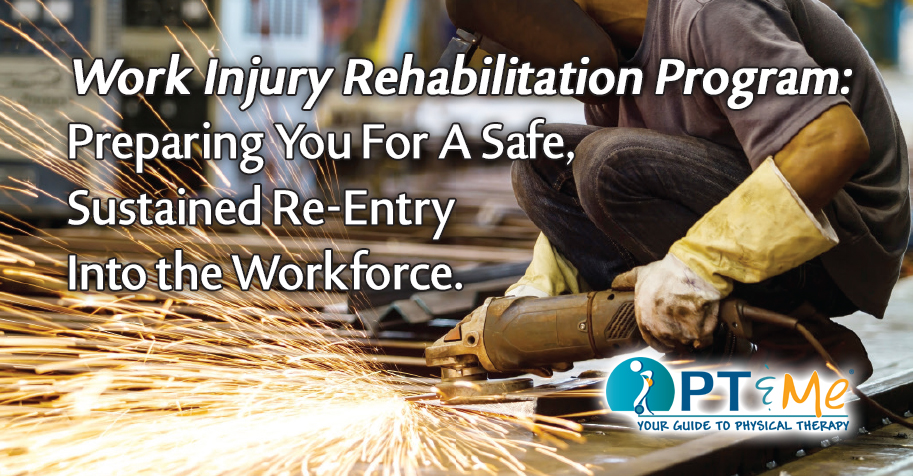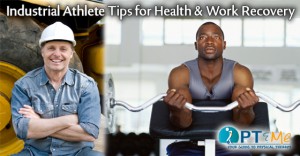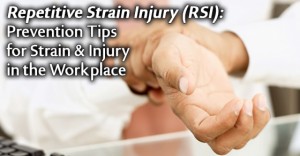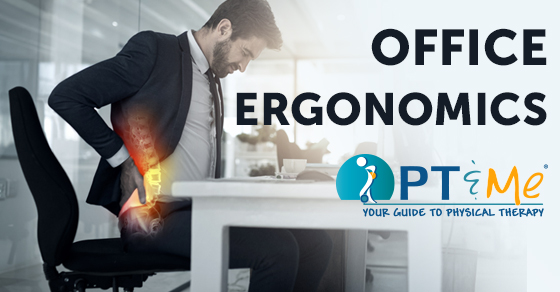
Our PT & Me physical therapists are dedicated to assisting the injured worker return to their job safely, with a decreased risk for re-injury. A work hardening program is a highly structured, goal oriented treatment program that improves work related functional abilities, with a skilled approach of graded exercise, activities, and education.

CRITICAL COMPONENTS OF OUR WORK HARDENING PROGRAM
- Progressive program attended 4-8 hours / day.
- Excellent patient to therapist ratio with constant supervision by a licensed OT or/and PT.
- Completion of a musculoskeletal evaluation to identify deficit areas that affect safe performance of essential job functions, and to form the basis of the treatment approach.
- An exercise program tailored towards improving the flexibility, strength, and endurance required for a successful return to work. At completion of the program, a comprehensive home exercise program will be provided to ensure long term success.
- Assist the work hardening participant resume appropriate work behaviors including attendance, punctuality, and response to supervision.
- Performance of graded job simulation activities, so that the participants gain confidence in their ability to return to work, and so they can apply their body mechanics training in a meaningful way.
- Comprehensive patient education on pacing, stress management, back care, and injury prevention as indicated.
- Upon Request a physical capacity / work capacity evaluation will be performed at the completion of the work hardening program to objectify the ability of the participant to return to work.
















